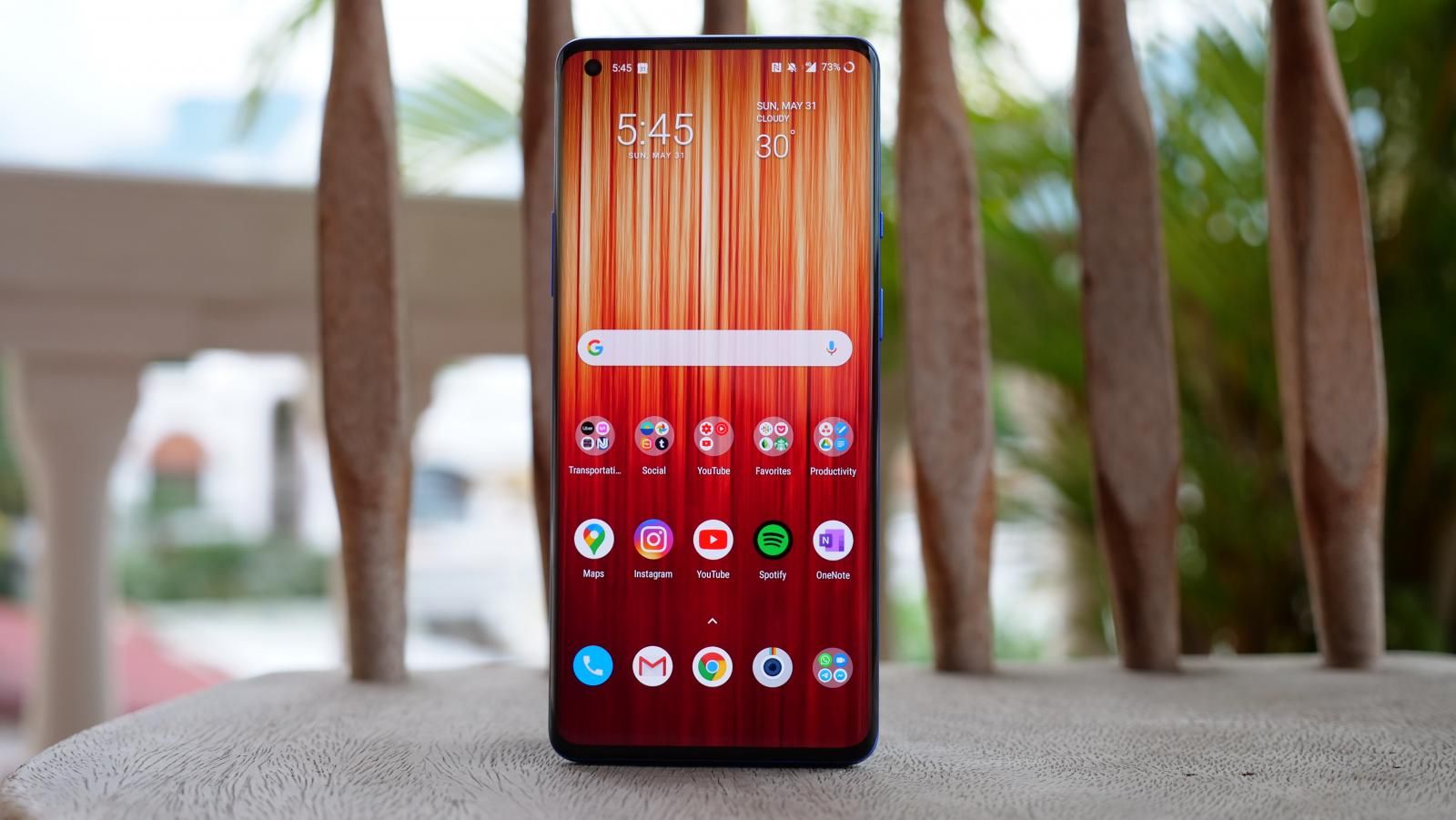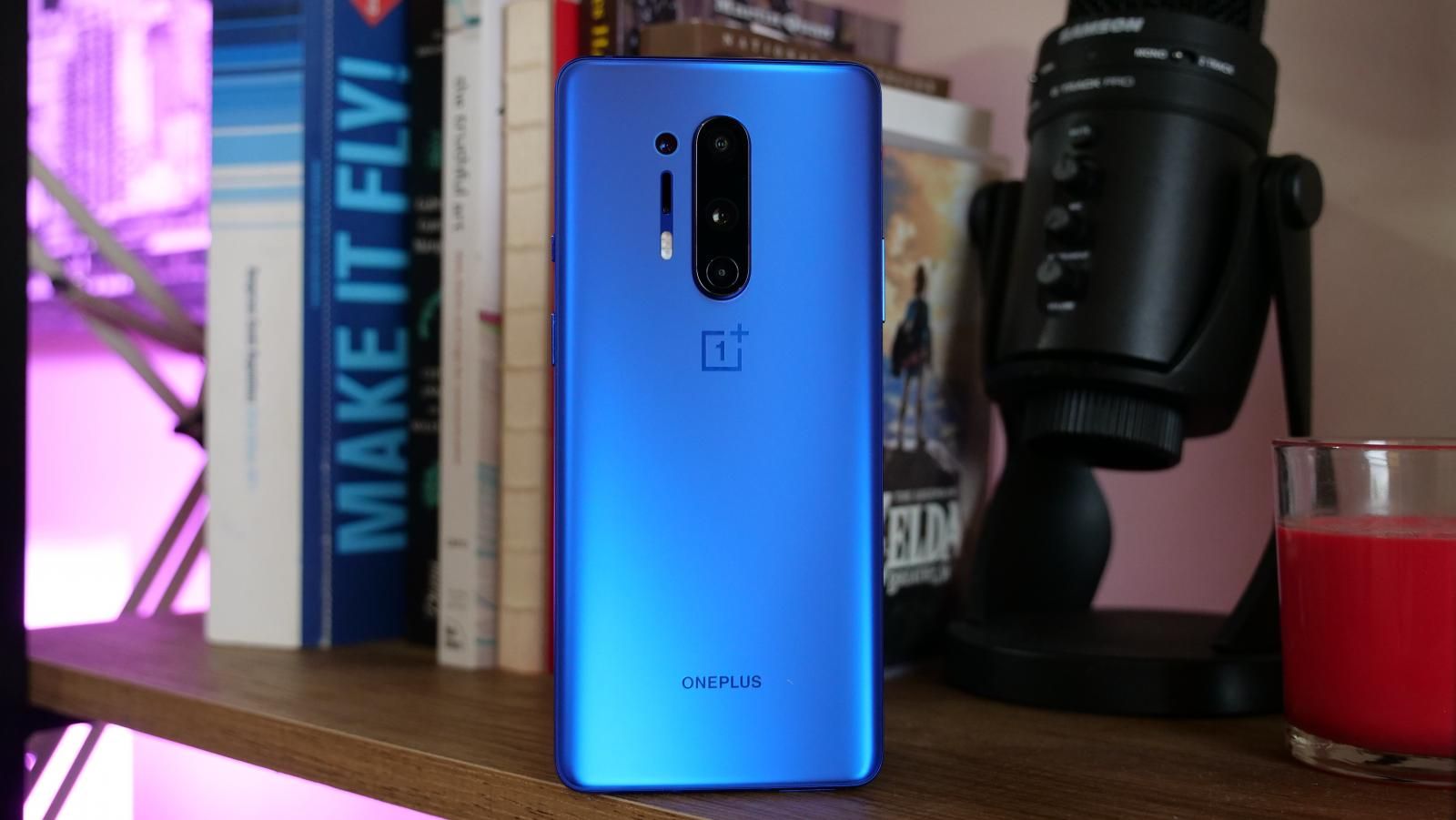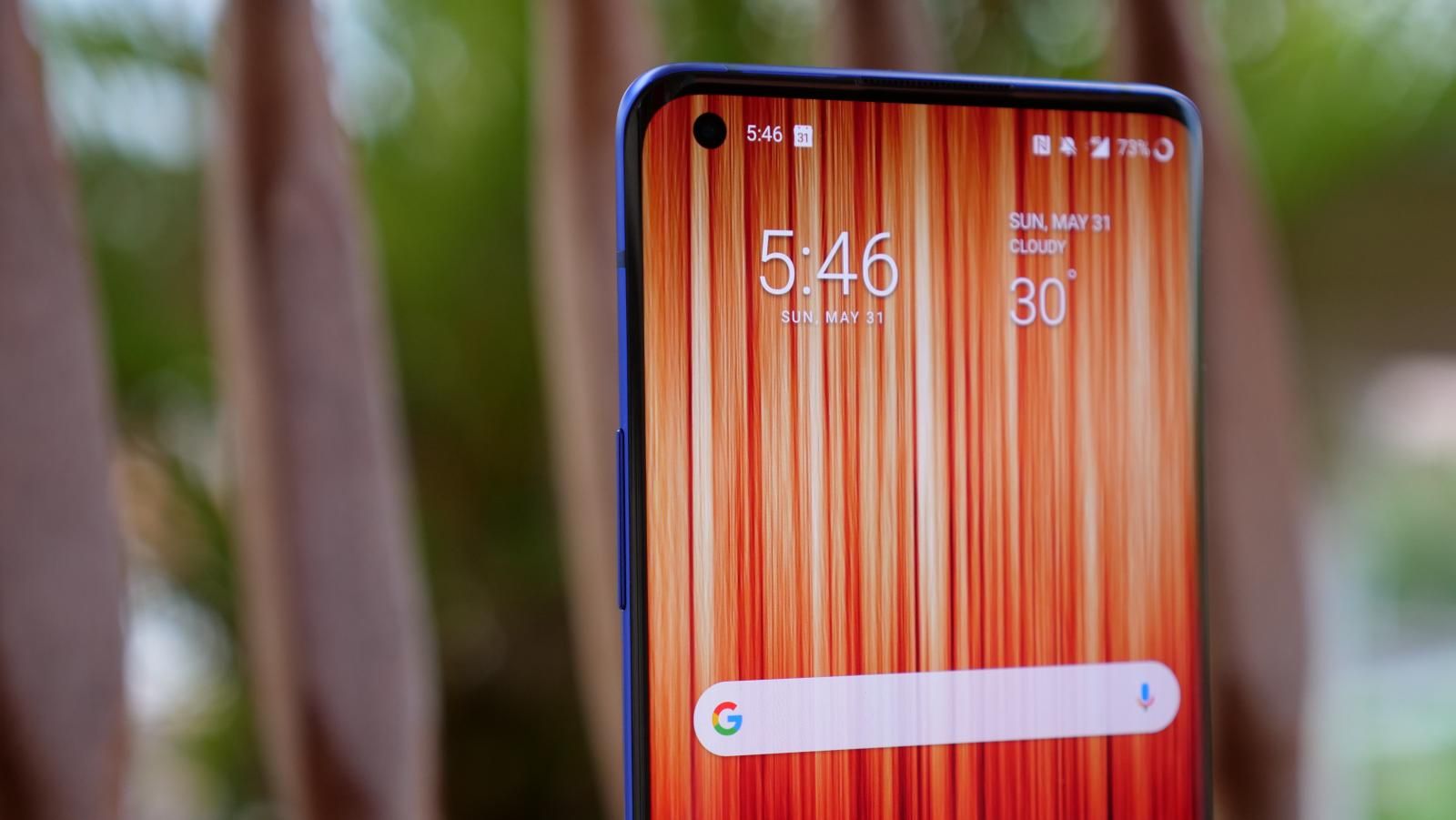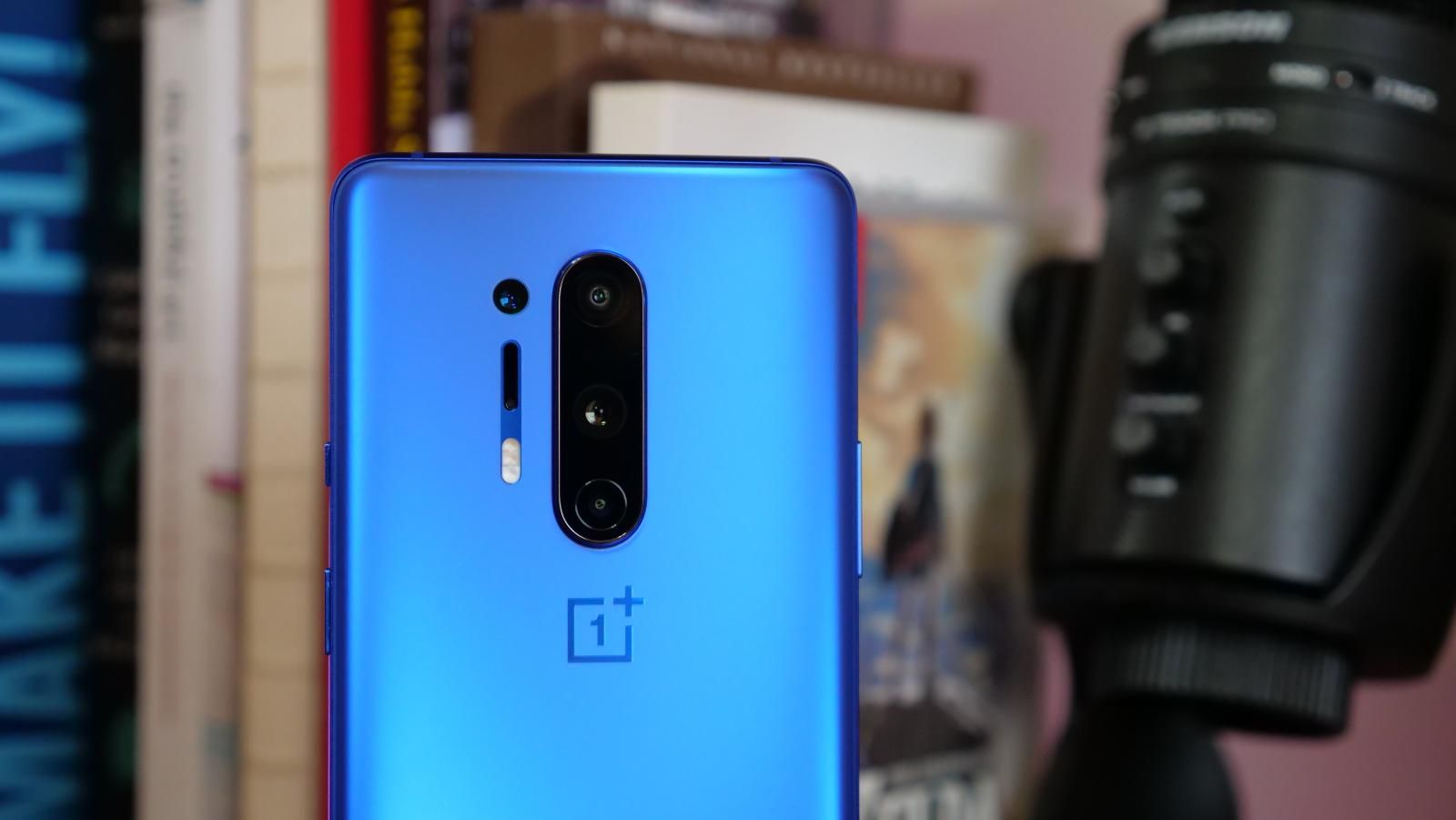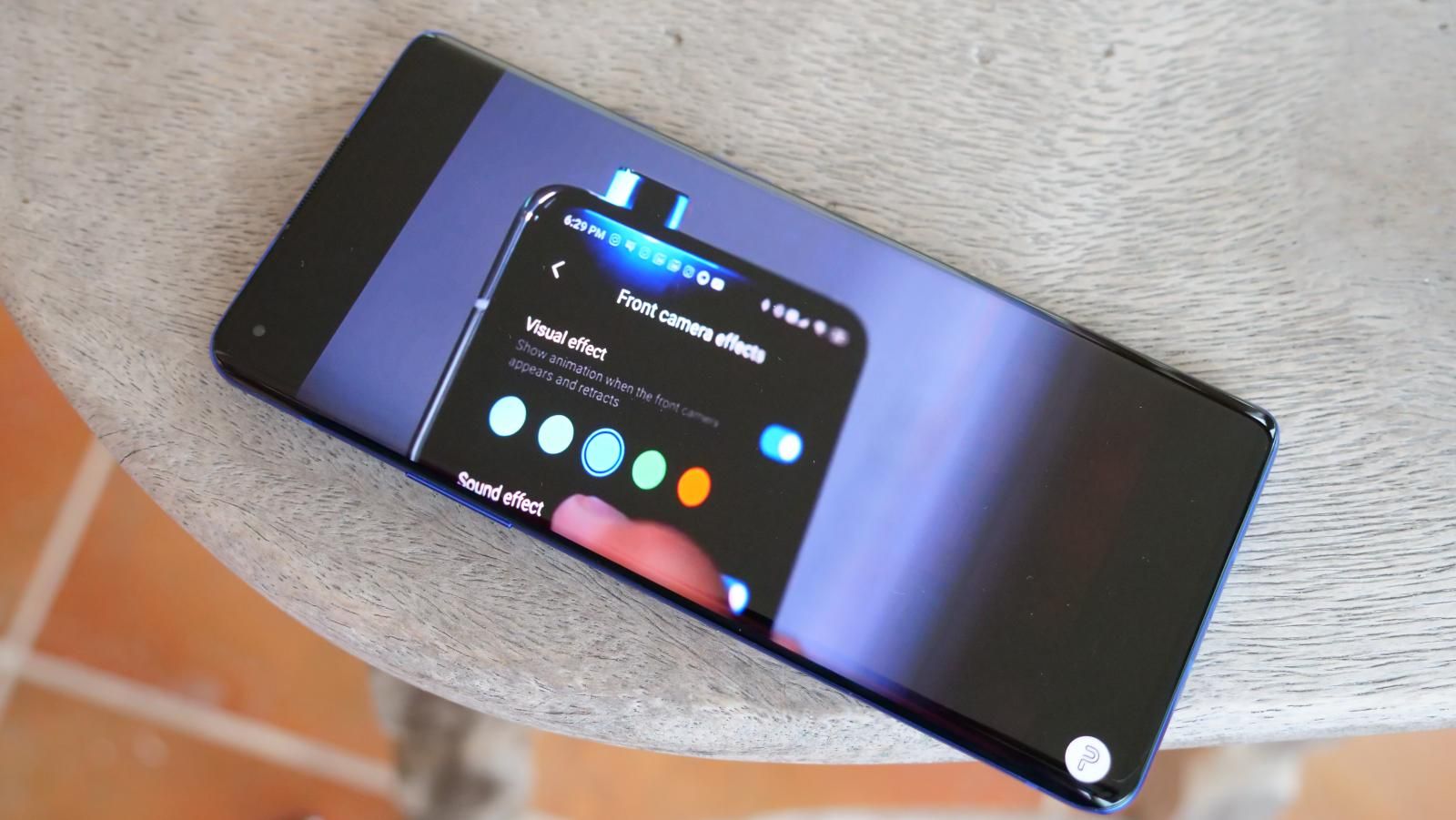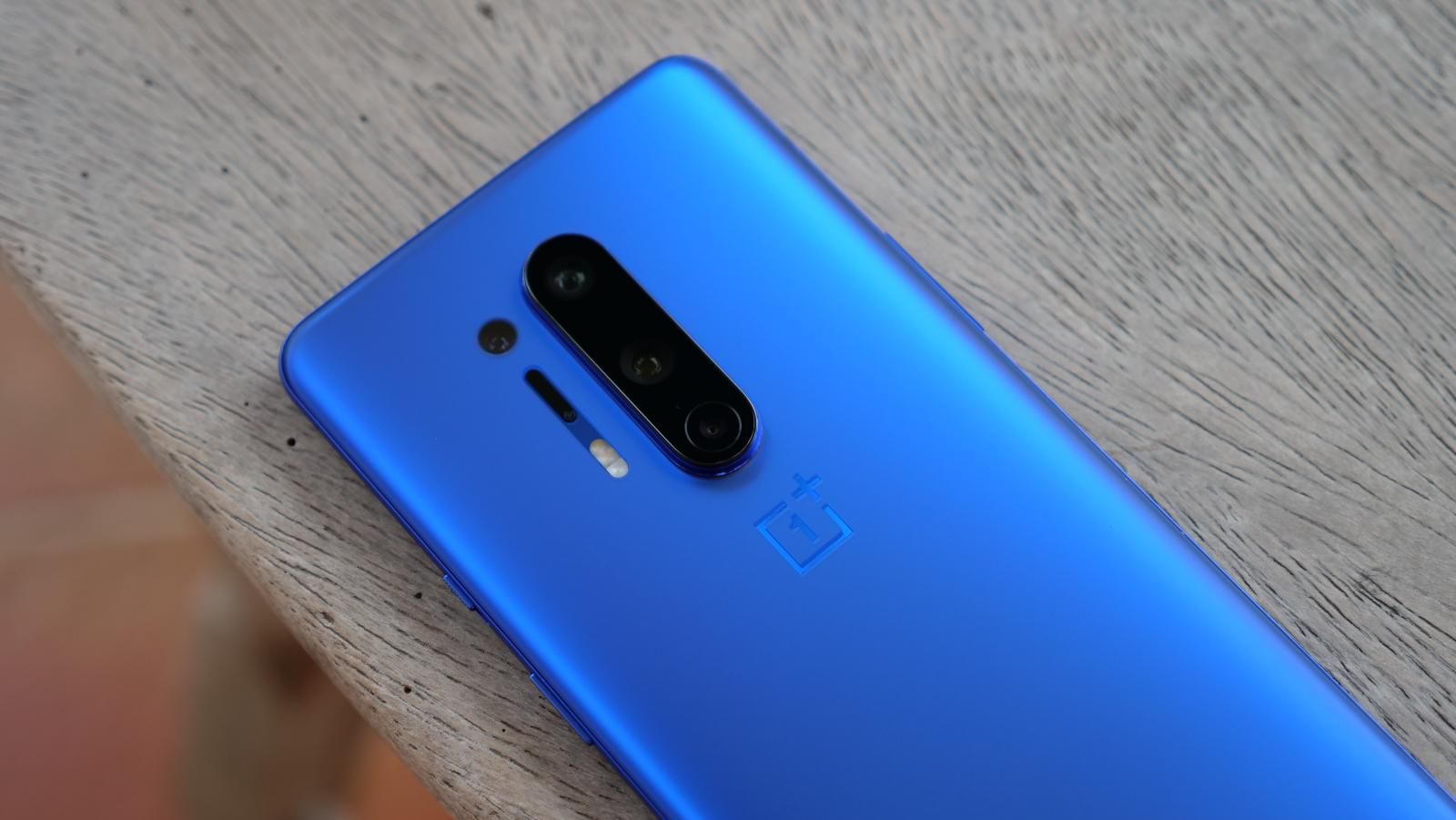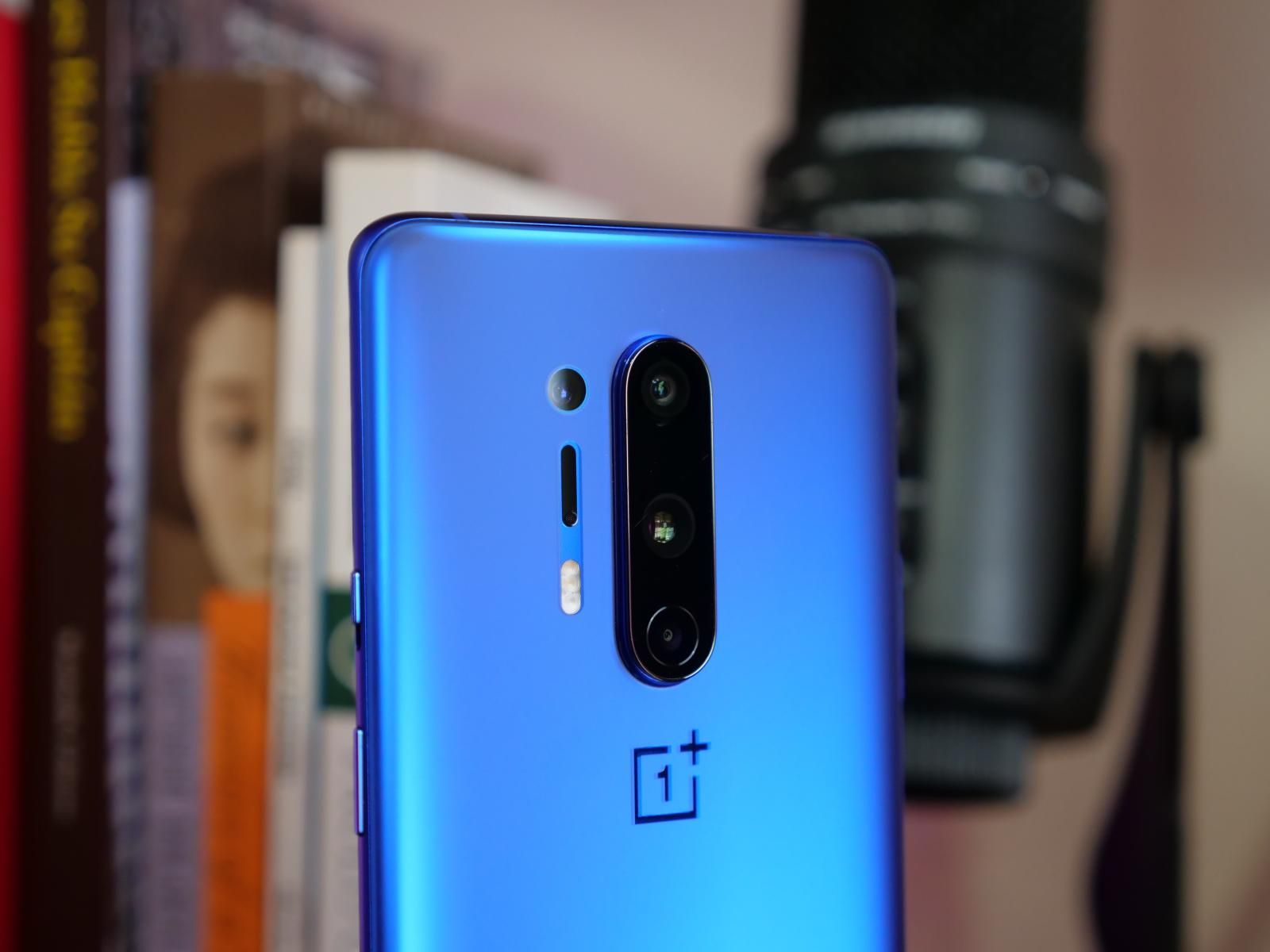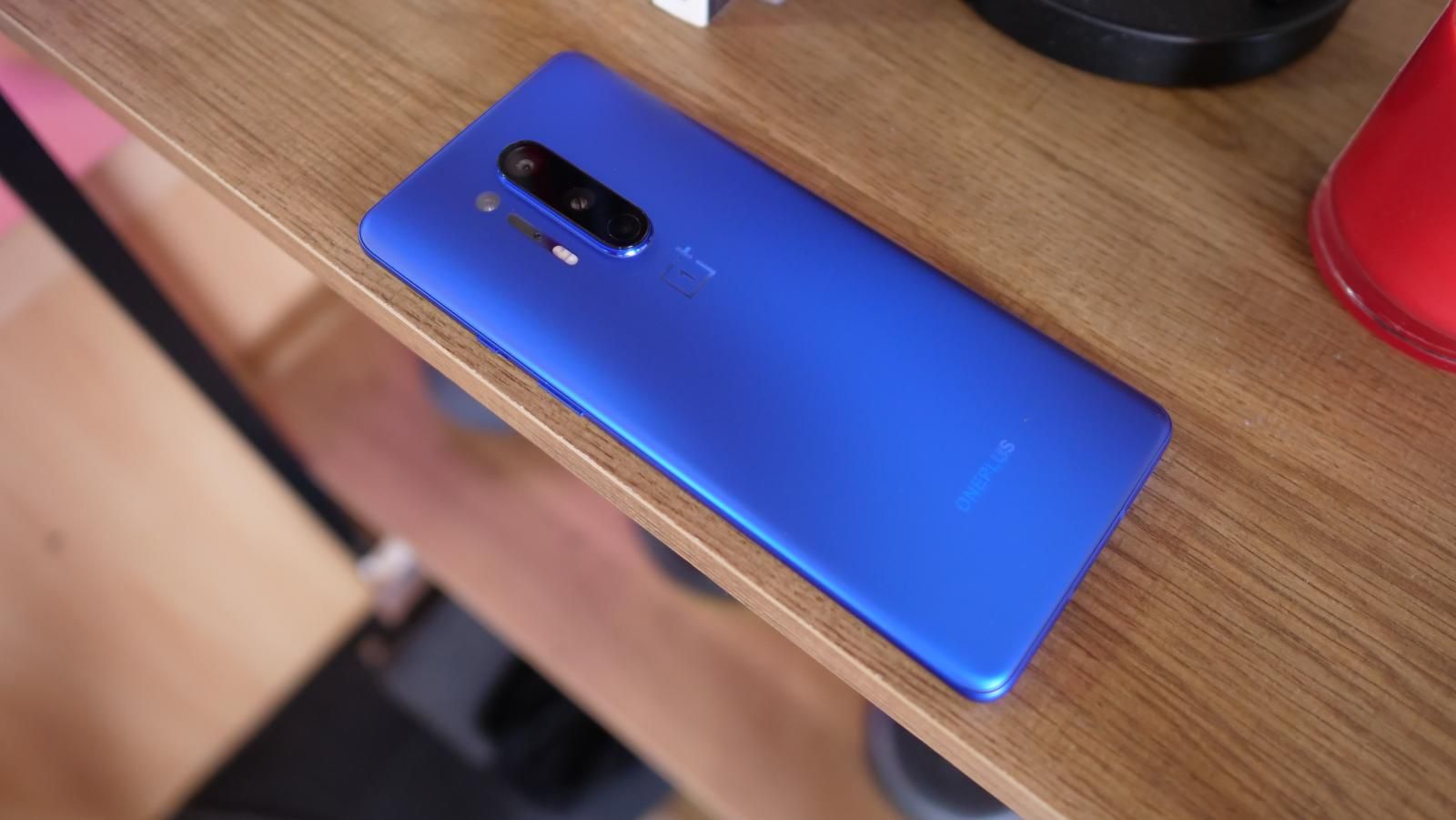You know what they say: “Be careful what you wish for cause you might just get it.” I’ve been reviewing OnePlus phones since the 3T and every single one was marred by the word “but,” and the infamous “for the price” catchphrase. The phone is great, “but” it lacks water resistance. Or it’s water resistant “but” it lacks a certification. Or the display is 90hz “but” its very dim. Or Warp Charging is super fast “but” there’s no wireless charging. Or the camera has improved “but” it’s only good “for the price.”
We Power Users are like Darth Vader. We’ll hold any company accountable for what they promise, even remotely while staying at home. I know, I loved the meme. Point is, I think OnePlus got tired of having its strategy be considered an excuse.
This is the OnePlus 8 Pro, the company’s showcase of what it’s like to lead with speed, and really, and what I’d call, the company’s first-ever true flagship, that’s still priced a tad below than the phones it’s trying to compete with. This phone actually felt more baked than the OnePlus 8 when I first started testing, but it’s received the same exact software updates, so let’s see if it does live up to the major leagues. This is our OnePlus 8 Pro review a month later.
Launching two flavors of the OnePlus 8 was a rather interesting approach. Satisfy the price-centric fanbase with the flagship killer we reviewed last week, and serve its most demanding followers with the true powerhouse they’ve been asking for. That said, I feel the OnePlus 8 Pro has a tougher chance at succeeding. It has no carrier partners, limiting its exposure, which only makes it harder for any consumer who’s new to OnePlus to pick this phone over a Galaxy or an iPhone for a meager one or $200 price difference, which only dilutes to a couple of bucks once financing kicks in.
I’ll give you a couple of reasons why this phone is better than that Galaxy and iPhone, and then I’ll tell you what things might be reasons to think twice in order to help you decide.
What we like
The first thing to admire is that this phone might look like a OnePlus 7T Pro, but it’s actually quite different. Just like Samsung refined the S10 to only look like the S9 but feel different, it’s the same story here. It’s hard to show this on camera but this looks like a far more elegant finish, and fingerprints are no longer an issue with this new tone of matte glass. Fan favorites like the three-way mute slider also make a much-appreciated comeback. Somehow this phone manages to be 3mm taller, 2mm narrower, a hair thinner and about 5 grams lighter than its predecessor, all while having a 10% larger battery, the coil for the reverse wireless charging we’ve been begging for.
This is not just any wireless charging also. WarpCharge 30T was already the king of speedy wired top ups, going from zero to 50% in around 23 minutes, and now we’re gonna give the crown to its wireless counterpart. The Warp Charge 30 wireless charger is optional, but for the typical $70 that most other fancy Qi pads will cost you, this stand goes from zero to 50% in a similar 30 minutes.
In typical OnePlus fashion, these are also not just any set of internals. It’s powered by the latest Qualcomm Snapdragon 865, more than enough of the fastest RAM and storage in the industry based on the tier you pick. The latest Wi-Fi and Bluetooth standards, and finally, an IP68 water and dust resistance.
Actually, there are a boat load of other certifications like HDR10+, and A+ on Displaymate, in addition to SGS Eye Care Certification, and you know what, I’m not gonna argue. Colors are vibrant, and the level of detail is well up there with any competing device in this category. At 6.78 inches diagonal, an insane 1300 nits of brightness, and 10-bit color depth, this is the most beautiful display I’ve seen on a OnePlus phone. I won’t be the judge of calling it better than that of the Galaxy S20, but unless Samsung removes the limitations on its phones, 120hz at Quad-HD+ resolution is technically superior. A new MEMC algorithm allows you to boost video reproduction to 120 frames per second for the fans of augmented motion, though I’ll admit I switched that off. It’s as controversial as the curves that lack palm rejection, but at least they lead to more immersive content consumption once you match the performance of the dual-firing speakers. (Speaker Test)
120hz refresh rate is one of those things you won’t know you’re missing until you do. You don’t have to be a power user to notice when your device lags, so be warned, once you Oxygen OS on this display, it’s gonna be very hard to go back. OnePlus has been perfecting its skin of Android for years, so much so that regardless of how much it looks like stock, it’s so much more than that.
This is not like on the Pixel where you’re forced to get used to the new gestures. With Oxygen OS you can pick whichever option you want. You don’t even have to choose if you prefer the Amazon assistant over the Google Assistant as you can set the former to the power button and the later to the gesture. You don’t have to put up with a half baked feed on the launcher, cause the Google Launcher now comes here by default. You can control the accents of the buttons or their design, and go for a blend of dark and light elements on the UI. About the only thing I wish was here was an automatic way to enable the dark theme between sunrise and sunset.
Other than that you’ve got Zen mode to disconnect you from your phone every now and then. Reading mode to make this display more apt for a book while you commute, or lots of a gaming features that’ll help you take advantage of all the hardware tucked in.
It’s really the blend of this display matched with the fluidness of the experience that spoils you. This wouldn’t be the first phone I use at this refresh rate, and yet I’d praise OnePlus most for knowing how to take advantage of it. My only word of advice is that you don’t push the 120hz with Quad HD+ resolution. Sure, the phone can do it, but I did notice a good hit in battery life. Even at max refresh rate, Full HD+ is more than enough for this screen size, and it helped me get through a day of heavy use.
The catch
So what’s missing? If we finally get the OnePlus flagship we’ve been asking for, then what’s the catch? Well I’ll give you three.
The first is more a US thing, but well, you can’t buy this phone on any carrier. For some reason, you can only do that with the OnePlus 8, which means that if you depend on subsidies or specific carrier bundles, this is not your phone.
And that actually leads to the second reason, and it’s the approach to 5G. Unlike say a Galaxy S20+ which by design offers all flavors of 5G, this device is only capable of sub-6. Meaning, if you buy it unlocked, it’ll work fine on T-Mobile, but it won’t work on the higher mmWave band that Verizon offers. And sure, this might not be much of a problem for you now, but if you decide to hold on to this phone for more than a year, this is not as future-proof a solution as what Samsung is offering.
Third, let’s talk about the camera. It’s better, but still not great. In its defense, Even if it hasn’t received much recognition, you gotta admit the spec sheet makes this quite the monster. I mean the main camera sensor size is almost as large as that on the Galaxy S20 Ultra, and larger than the S20+. Then it switches the formula of the S20 Ultra in using probably the same 48 megapixel sensor for the ultra-wide instead of the telephoto, acknowledging user preference. The problem: implementation.
Software updates have really made miracles with some of my original complaints, but not all of them. Colors during the day are as expected, with very good saturation in most scenarios, though reds do seem a bit too intense for my taste. But then you struggle with the problem of having such a large sensor matched with such a sharp aperture, as keeping subjects in focus in a shot can be a struggle the closer you get. Take a step back, switch to the wide and you’ll be pleased with the very little distortion the camera offers, and I gotta say this telephoto is not just sharp, but good enough to go closer, though once you get to 30X the photo is pretty much useless. Also, try to keep a steady hand with it as keeping focus can be a chore. Even the super-macro mode that uses the standard camera and a motor proves to provide some insane detail, where you remember just how bad the OnePlus 8 is with a separate camera. No, the elephant in the room here with this fourth camera sensor is the color filter camera that enables photochrom mode. OnePlus claims that you can get some very neat infrared shots, and I would agree if detail wasn’t so bad, and focus wasn’t so far. And sure, it does serve as an X-Ray for certain thin plastics, and even to see hidden camera modules on your Pixel. Trust me, you’ll use it once and forget it’s there.
My biggest problem is that there are good and bad changes in low light. If you stick to the regular camera, you’ll get some crazy good results, to the point where the camera can even balance to show the crescent moon. The problem is that the wide angle was better than it is now, with more grain and artifacts showing up than before.
Portraits do see an improvement in less of that aura grow around subjects, but I’d recommend you stick to the wide version as the close-up requires you to step back quite a bit. Detail seems pretty much the same. But then one thing that’s made dramatic improvements is selfies and selfie portraits. These have always been quite washed out before, and yet now I see detail in skin tones I hadn’t seen before.
Last but not least, the one thing that never gets improved and we wish it would be is video. Yes, you can do 4K at 60fps, but the typical warping and moiré of the Android codec will follow you along as the phone tries to stabilize the shot. I’m not saying the results are bad, but definitely not the quality you get from an iPhone. And in that same sense, selfie video is once again washed out, lacking in dynamic range, and capped at 1080p, even with enough megapixels to go further.
Conclusion
To conclude, I think there’s a lot to say about OnePlus and its first attempt at making a true flagship. I have to praise the efforts in not just giving us a great display, but one of the best of the year. We’re not just getting wireless charging, but the fastest ever done. We’re not just getting something close to Stock Android with Oxygen OS, but an implementation that’s truly better. Match all that with the spec frenzy mentality we’ve known OnePlus for, and then complete the equation with Water Resistance, and this is almost the whole package.
Really what’s missing here is two things, one is all flavors of 5G for those of you that plan to hold on to this phone for more than a year, and second, we need to match these cameras with better software. Leading with speed and specs isn’t everything if the implementation is not as fantastic as the numbers.
That said, I have no problem recommending the OnePlus 8 Pro. It’s not the perfect phone, but hey, no phone is. I know many of you don’t really care about 5G yet, and I don’t have to tell you how well this camera performs if you install the Gcam APK from XDA-Developers. Point is, most of what’s missing has a solution, and everything else is here. The OnePlus 8 Pro is almost the whole package, and still manages to be priced for a lot less than flagships that still don’t hold a candle against it.

